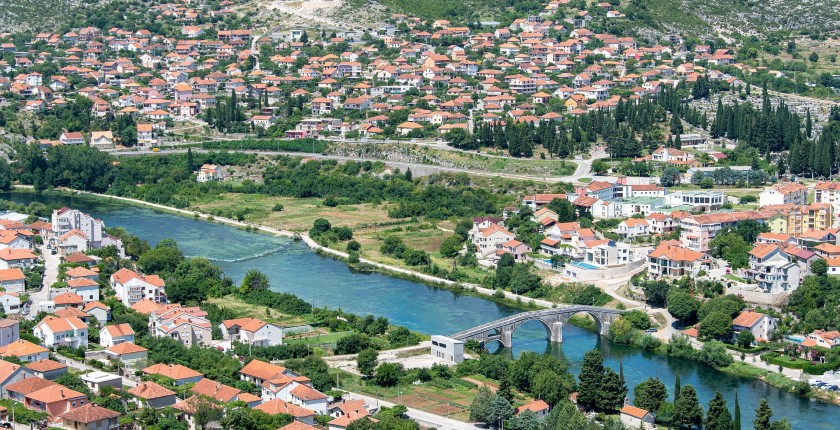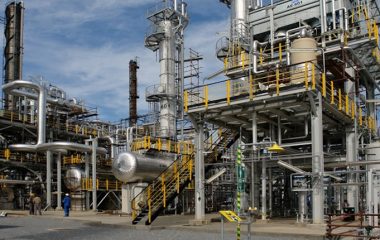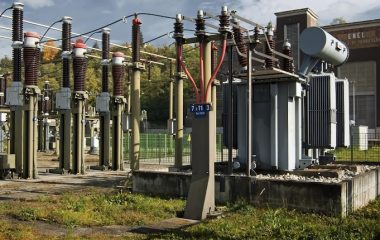
Photo: Michał from Pixabay
Share
Share
The Republic of Srpska plans to drastically reduce the surcharge for renewable energy, which is paid by households to finance subsidies for the construction of renewable power plants. The entity authorities say investors are giving up on incentives so that there is no need to charge citizens the fee.
The renewables surcharge is paid in all countries of the region and in Europe. The practice where investors are terminating contracts for government feed-in tariffs is picking up in Croatia and Serbia. Investors are driven by high prices of electricity on the market as governments pay less.
The surcharge in the Republic of Srpska, as reported by Capital.ba, will be reduced by 90% in 2023, lowering electricity bills by a few convertible marks (BAM).
Vladičić: Incentives are obviously no longer interesting for energy producers
The Regulatory Commission for Energy of the Republic of Srpska, based in Trebinje, has proposed the surcharge to be reduced next year from BAM 0.0064 BAM (EUR 0.0032) per kilowatt-hour to BAM 0.0007 (EUR 0.00035).
The average household in the entity that consumes 500 kWh per month will pay BAM 0.35 (EUR 0.18) in total instead of BAM 3.2 (EUR 1.62).
Vladislav Vladičić, the commission’s president, said incentives are obviously no longer interesting for producers and that they prefer to sell energy on the market.
They were obligated to sell electricity at a price determined by the regulator, in this case the state-owned utility Elektroprivreda Republike Srpske (ERS), Vladičić said and added that they terminated contracts to sell electricity on the market to customers or traders.
State power companies are left without electricity from subsidized power plants
Although investors throughout the region are giving up state subsidies, governments haven’t decided to lower renewables surcharges like the Republic of Srpska. A similar step was announced by Germany, but the reasons and timeframe are different. The energy crisis is obviously prompting some unexpected moves.
The shift in investors’ mindset means governments will save money earmarked for subsidies. But there will also be less electricity for domestic consumers – state-owned power utilities offtake all the energy from subsidized power plants, and now more has been freed up for exports.
When market prices are high, such companies suffer financially. In the long term, it could lead to issues with regard to sufficient amounts of electricity for the domestic market.









Be the first one to comment on this article.